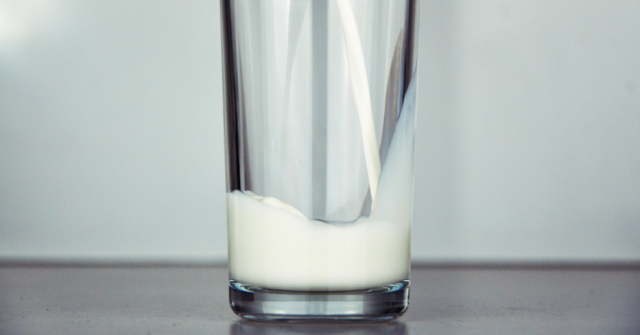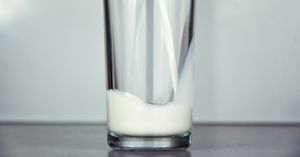
Soy Milk – sources, health benefits, nutrients, uses and constituents at NaturalPedia.com
Wednesday, June 21, 2017 by Frances Bloomfield
http://www.naturalpedia.com/soy-milk-sources-health-benefits-nutrients-uses-and-constituents-at-naturalpedia-com.html

Soy milk is a soy product made by combining soaked, ground, and boiled soy beans with water. Along with other soy products like tempeh and tofu, soy milk is a staple of Asian cuisine. A well-loved drink in China, Japan, and Malaysia, soy milk is now more widely and easily available in many nations across the globe. One of its most common uses is as a milk substitute as soy milk is considered a nutritious alternative to this dairy product.
List of known nutrients
There are plenty of flavors soy milk flavors on the market. However, the healthiest varieties are unfortified original soy milk and unfortified vanilla soy milk. Both varieties of soy milk are good sources of:
- Calcium
- Fiber
- Iron
- Magnesium
- Omega-3 fatty acids
- Omega-6 fatty acids
- Phosphorus
- Phytoestrogen
- Potassium
- Vitamin B1
- Vitamin B2
- Vitamin B3
- Vitamin B6
- Vitamin B9
- Vitamin B12
- Vitamin D
- Vitamin E
- Vitamin K
- Zinc
Medicinal uses for soy milk
Soy milk is an excellent source of the plant hormone phytoestrogen. This compound serves as an effective estrogen replacement, making soy milk a good drink for postmenopausal women. Menopause causes a woman’s estrogen production to drop significantly and can bring about a number of health concerns, like a higher risk of heart disease. The phytoestrogen in soy milk alleviates the symptoms linked to the postmenopausal state by mimicking estrogen.
A regular intake of soy milk can protect the body from different ailments, such as:
- Anemia
- Diabetes
- Heart diseases and disorders
- High blood pressure
- Osteoporosis
Body systems supported by soy milk
Soy milk contains several nutrients that contribute towards improved heart health. Isoflavones are a class of phytoestrogens that work with soy milk amino acids to minimize low-density lipoprotein (LDL) or bad cholesterol. These same isoflavones have antioxidant properties too which, when combined with omega-3 and omega-6 fatty acids, can protect blood vessels from hemorrhaging and lesions.
More than just the heart, there are different parts of the body that soy milk can support, like:
- Blood
- Bones
- Digestive system
Ways to use soy milk
Drinking soy milk is the quickest way to use it. Soy milk can also be added to recipes that call for milk, like pancakes, macaroni and cheese, or smoothies.
It should be noted that most commercial soy milks have undergone treatments that have lessened their nutritional value. Fortunately, making soy milk in one’s own home is a relatively simple process. Although more tedious than purchasing soy milk from the grocery store, this ensures that all the nutrients in soy beans remain intact and that the soy milk itself has not been tainted with additives.
Where to learn more
- 8 Health Benefits of Soy Milk
- Heat from pasteurization destroys beneficial nutrients in soy milk
- Hair loss may be slowed by adding soy milk to your diet, says new research
- A revolutionary way to make your own almond milk, oat milk, hemp milk and soy milk for mere pennies
- Soy found to prevent colon cancer
Summary
Soy milk phytoestrogen can diminish the chance of osteoporosis by stimulating calcium absorption and impeding the loss of bone mass.
Because soy milk lacks dairy, it’s a good choice of drink for individuals who are lactose intolerant or have milk allergies. Vegans and vegetarians can drink soy milk as well since it’s derived entirely from plants.
Soy milk is an excellent drink for those on low-fat diets since it has no trans fats and cholesterol and little saturated fats. Compared to regular milk, soy milk has the additional benefits of containing fewer calories and sugar. The fiber in soy milk can aid in digestion and make a person feel full for a longer period of time.
Sources include:
OrganicFacts.net
FitDay.com
Taste.com.au
TheKitchn.com
Livestrong.com
Tagged Under: Tags: soy milk






